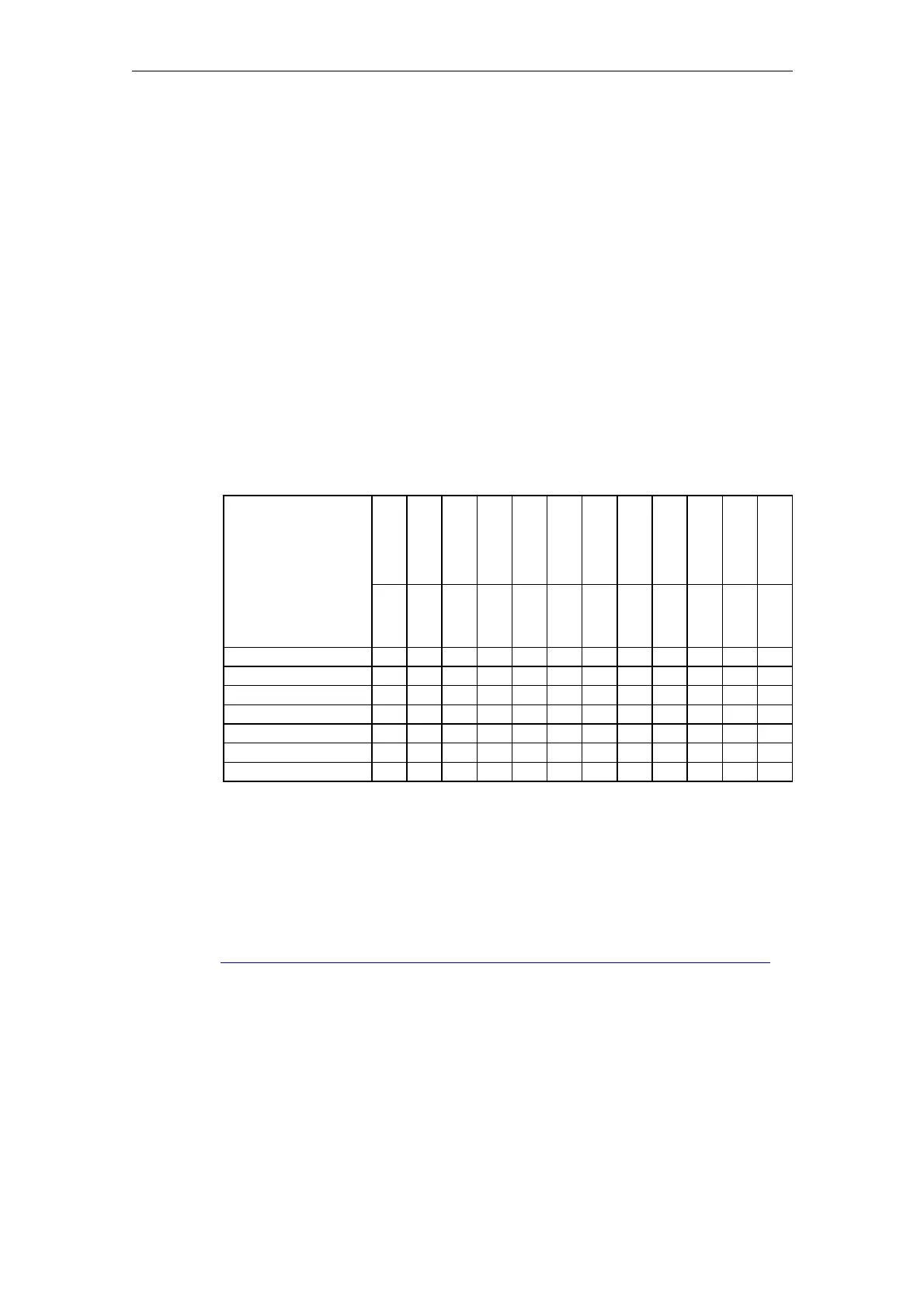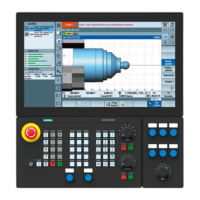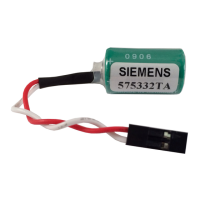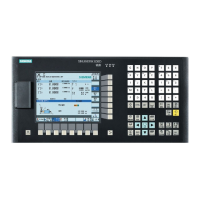08/2005 Creating Foreign Language Texts with Windows 2000/ 2003/ XP (TX2)
3 Input of Text
© Siemens AG, 2005. All rights reserved
SINUMERIK 840D sl/840D/840Di/810D Commissioning CNC Part 2 (HMI) (IAM) – 08/2005 Edition
TX2/3-25
3.3 Compound input
With many of the compound special characters it is possible to enter the diacritical
character first and then the letter. The diacritical character will not appear at first
and is then combined with the letter to form a special character.
Example
With a German keyboard layout, press for example the keys ´ (acute) and "a" one
after the other to obtain the character á (a-acute).
The keys with the diacritical characters, which are thus dealt with in a special way,
are marked with a special color in the descriptions of the keyboard layouts.
Keyboard assignments
The table below shows some keyboard layouts for the supported diacritical
characters:
Table 3-2
Acute
Grave accent
Circumflex
Háček
Breve
Ogonek
Pixel
Colon
Cedilla
Double-acute
Squiggle
Tilde
Keyboard
assignments
´
‚
ˆ
ˇ
˘
˛
˙
¨
¸
˝
˚
˜
German
X X X
French
X X X X
Polish
X X X X X X X X X X
Spanish
X X X X X
Czech
X X X X X X X X X X
Hungarian
X X X X X X X X X
U.S International
X X X X X
Obtain a graphical representation of your keyboard layout to learn which key
combinations produce the diacritical characters.
Keyboard layout in picture form
Images of the keyboard layouts can be obtained from Microsoft via the Internet at
the following address:
http://www.microsoft.com/globaldev/reference/keyboards.aspx
If you press the space bar after the diacritical character, you will see the character
itself.

